Exploring Molise’s Hidden Gem: A Guided Tour of Palazzo Iacovone and the De Horatiis House in Poggio Sannita
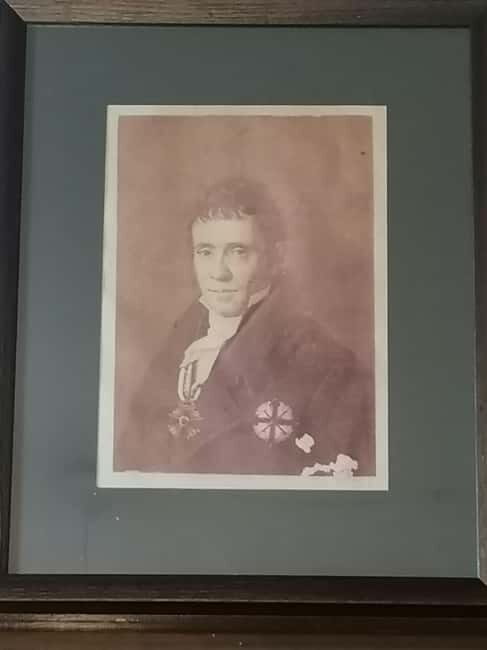
When you find yourself wandering through Italy’s lesser-known regions, it’s often the small towns that offer the most genuine insights into the country’s history and craftsmanship. Poggio Sannita in Molise is one such place. Here, a two-hour guided tour led directly by the owner offers a fascinating peek into the life of Italy’s pioneering homeopath, Prof. Cosmo de Horatiis, and the ancient craftsmanship behind oil production.
This experience isn’t just about looking at old books or ancient stones; it’s a journey through history, science, and industry, all wrapped into one authentic visit. We love that the tour is personalized, with the owner sharing stories that bring the house and its treasures to life. From the impressive library with texts dating back to the 1500s to the well-preserved Hypogeum Oil Mill, every detail enriches your understanding of regional history and craftsmanship.
One thing worth noting upfront is that this tour is somewhat niche, appealing especially to those interested in history, old books, and traditional industry — so if your idea of a memorable trip involves authentic, off-the-beaten-path experiences, this is a great pick. On the flip side, if you’re after a large group or a more casual, less detailed overview, this might not be the ideal fit.
This tour suits travelers eager to see behind the scenes of Italian heritage sites with a personal touch, and those craving a meaningful connection with local history and craftsmanship.
You can check availability for your dates here:Key Points
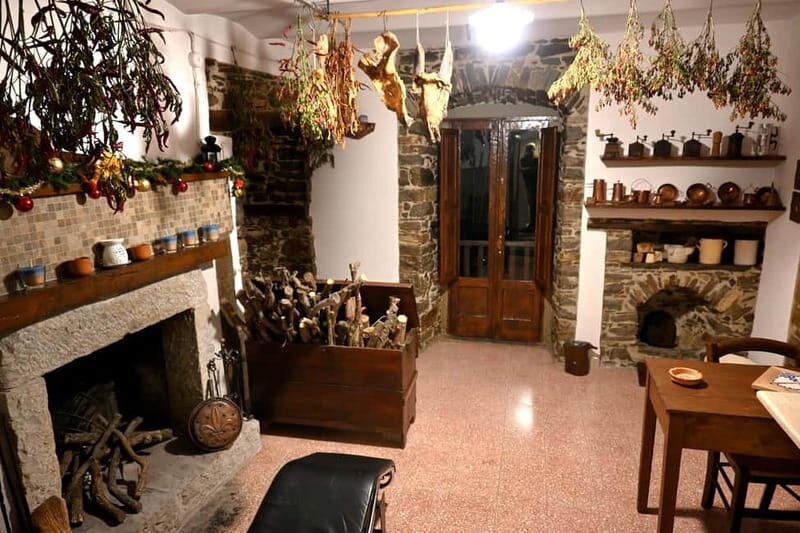
- Personalized Experience: Led by the owner, not a generic guide, adding authenticity and local insight.
- Unique Focus: The only place where the complete bibliographical work of Prof. de Horatiis can be viewed.
- Historical Significance: The visit includes Italy’s most ancient Hypogeum Oil Mill, a rare industrial archaeology site.
- Rich Library: An extensive collection of texts from the 1500s to mid-20th century across multiple disciplines.
- Sensory Engagement: The tour offers tactile and visual experiences, especially at the oil mill.
- Value for Enthusiasts: An affordable way to explore regional history, industry, and literature in one visit.
Planning more time in Isernia? We've covered other experiences worth considering.
The Complete Picture: A Deep Dive into the Palazzo Iacovone Tour
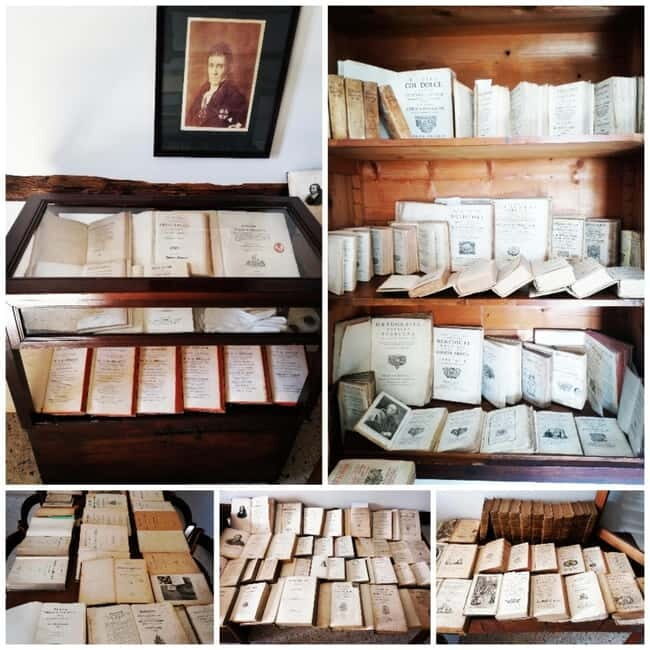
The Location and Its Context
Poggio Sannita is situated in the mountainous heart of Molise, Italy. This small, charming town is not heralded as a tourist hotspot, which means you’ll often find a quiet, unspoiled atmosphere at the Palazzo Iacovone. When we arrived, clear signage directed us from the main town to the site—look for the brown tourist signs labeled “Antico Frantoio Iacovone.” The actual visit takes place inside the medieval Palazzo Iacovone, a building that has stood for centuries, blending stone and wood elements that echo the region’s architectural style.
The Guide: A Personal Touch
What really makes this tour stand out is that it’s guided directly by the owner. This means you get firsthand stories, insights, and the kind of local knowledge that you rarely get from a standard tour. The owner’s enthusiasm for their family history, the house, and the industry shines through, making the experience more intimate and engaging. As you follow the owner through each thematic area, it feels less like a scripted presentation and more like visiting a knowledgeable friend’s home.
More Great Tours NearbyThe Medieval Palace and Cosmo de Horatiis
Your journey begins with a walk through the palace itself, where traces of medieval construction—such as stone walls and wooden features—are still visible. The owner shares stories about Prof. Cosmo de Horatiis, a notable figure who served as Surgeon-in-Chamber to King Francis I of Bourbon and was a pioneer of homeopathy in Italy. We loved the way the guide contextualized his achievements within the broader history of 19th-century medicine and science.
The highlight here is the library, which contains a carefully curated collection of documents and books dating from the 1500s through the mid-20th century. It’s truly the only place where you can see the complete work of Prof. de Horatiis. The texts cover medicine, law, religion, history, literature, poetry, and science—offering a rich tapestry of knowledge. For book lovers and history buffs, this is a rare treasure chest.
The Ancient Hypogeum Oil Mill
Descending via a wide internal stone staircase, you’ll reach the Hypogeum Oil Mill, an ancient industrial site that still retains many mechanical details. This was a working oil mill in its day, using a donkey-driven stone mill, a massive wooden screw press, and other equipment that illustrates traditional oil extraction methods.
The mill is believed to be the most ancient hypogeum oil mill in Italy, making it an archaeological gem. The owner explains how oil was produced here, demonstrating the workflow and machinery. We appreciated the tactile experience—seeing, hearing, and sometimes touching parts of the mill—adding a sensory dimension to the visit. The detailed reconstruction helps you imagine how local farmers and artisans once worked.
Additional Offerings and Practical Details
At the end of the tour, you’re free to browse and purchase local craft products, which supports regional artisans. Wi-Fi and brochures are provided, and the entire visit lasts about two hours—a manageable timeframe that balances depth and pacing.
The price includes entrance, a guided tour, and use of facilities, making it an affordable cultural excursion. Since the tour is in Italian, it’s ideal for those with some language skills or a desire to learn local terminology. The tour is wheelchair accessible, broadening its appeal.
What Travelers Say
Reviewers consistently highlight the personal approach and the owner’s storytelling prowess. One noted, “The owner’s passion makes you feel like you’re visiting family,” and others appreciated the combination of historical, industrial, and bibliographical insights. A few mentioned that the tour might be too niche if you’re not interested in history or old machinery but emphasized that for those who are, the experience is well worth it.
Who’s This Tour Best For?
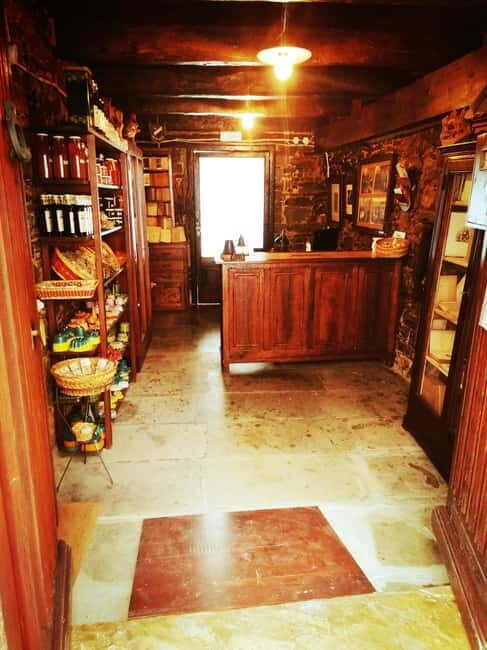
If you’re an enthusiast of history, literature, or traditional industries, you’ll find this tour rewarding. It’s especially suitable for those who enjoy personalized experiences and want a deep, authentic connection to Italy’s regional past. The quiet, off-the-beaten-path setting makes it ideal for travelers looking to escape crowds and discover a hidden gem.
However, it’s less suitable for those seeking a quick overview or large-group sightseeing. The focus on detailed history and craftsmanship means you’ll want to have some curiosity for the past and a willingness to listen closely—good shoes and a camera are recommended, too.
FAQ
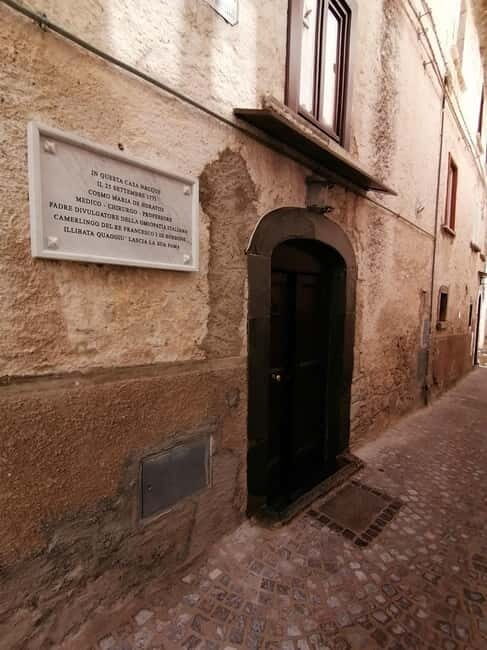
Is the tour suitable for all ages?
Yes, the tour’s focus on historical machinery and books makes it suitable for most ages, though very young children might find some parts less engaging.
Is it accessible for wheelchair users?
Yes, the tour is wheelchair accessible, including the descent into the oil mill.
How long does the tour last?
It lasts approximately two hours, giving enough time to enjoy each section without feeling rushed.
Do I need to speak Italian to understand the guide?
The tour is conducted in Italian, so some understanding of the language will enhance the experience, though visual and tactile elements are significant.
Can I buy local products during the visit?
Yes, after the tour, you can browse and purchase local handicrafts, supporting regional artisans.
What is the cost of the tour?
Pricing includes the guided tour, entrance fee, and use of facilities, making it quite a good value for a personalized, educational experience.
Final Thoughts
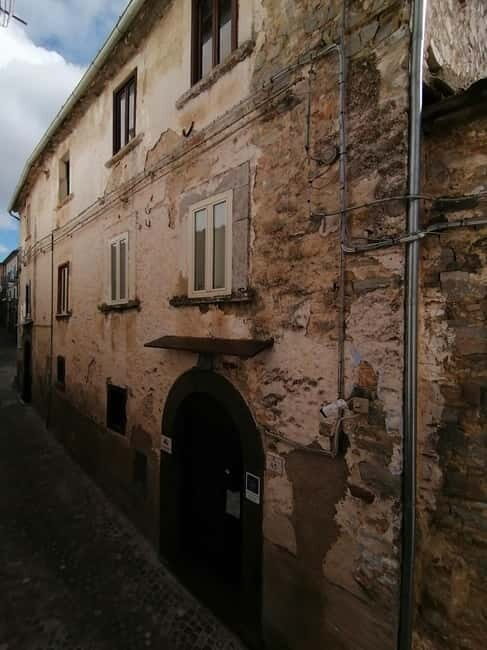
This tour of Palazzo Iacovone and the de Horatiis house in Poggio Sannita offers a rare chance to step into Italy’s regional past in a genuine and engaging way. It’s ideal for history buffs, literature enthusiasts, and anyone curious about traditional industries like oil-making. The personal touch of the owner guide, combined with the stunning collection of texts and the ancient mill, makes for a memorable cultural outing.
While it’s a niche experience—and best suited for those who appreciate detailed storytelling and historical authenticity—it rewards visitors with a profound sense of connection to Italy’s less-glamorous but deeply fascinating heritage. If you’re after a quiet, meaningful exploration amid scenic Molise, this tour is a standout choice.
You can check availability for your dates here: